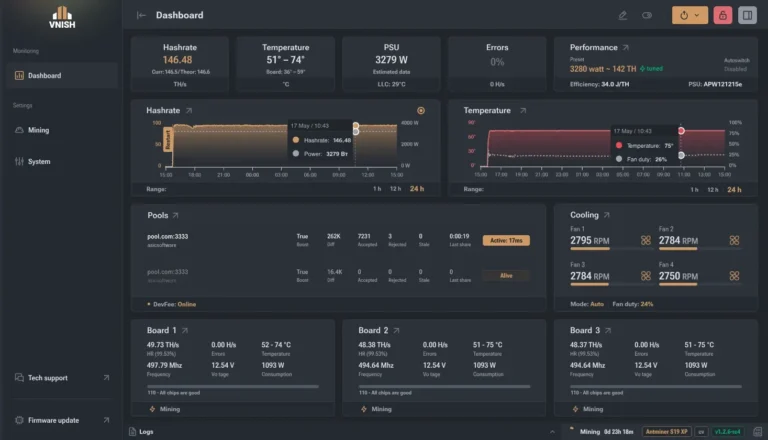
Intermittent fasting (IF) has become one of the most talked-about dietary strategies in recent years, praised not only for its effects on weight and metabolism but also for its potential influence on the trillions of microbes that live in our intestines. The gut microbiome plays a fundamental role in digestion, immune balance, inflammation control, and even mood regulation. But what actually happens to your microbiome when you fast intermittently? This article dives deep into the latest research, explores mechanisms, cautions, and shares practical tips — with the aim of giving you the clearest, most up-to-date picture.
What Is Intermittent Fasting?
Intermittent fasting is not a diet per se but an eating pattern characterized by alternating periods of eating and fasting. Common variants include:
- Time-restricted eating (TRE or TRF) — eating within a defined window each day (e.g. 16:8, 14:10)
- Alternate day fasting (ADF) — fasting or very low calories every other day
- 5:2 diet — normal eating five days a week and significant calorie restriction for two nonconsecutive days
Unlike continuous calorie restriction, IF aims to optimize when you eat. Emerging evidence suggests that this timing component may interact with the gut microbiome, potentially amplifying benefits beyond what calorie reduction alone offers.
What the Research Says: Microbiome Changes Under Fasting
Scientific interest in the effects of intermittent fasting on the gut microbiome has grown substantially. A recent systematic review of human trials concluded that IF does influence microbiota diversity, composition, and function, though results are heterogeneous Some consistent observations:
- In many studies, alpha diversity (a measure of within-individual microbial richness) improved under certain IF regimens.
- Certain bacterial groups, such as Akkermansia muciniphila and members of the Lachnospiraceae family, often increase under time-restricted eating protocols.
- Fasting may shift the microbial community structure (beta diversity), resulting in different microbial “signatures” compared to non-fasted individuals.
- Animal and mechanistic studies (e.g. mice, rats) show that fasting promotes bacteria enriched in carbohydrate-active enzyme (CAZyme) genes, increased succinate, and glutamate metabolism pathways.
One intriguing human study observed that after an IF intervention, species like Bacteroides thetaiotaomicron and P. distasonis became more abundant, correlating with markers like lipids and metabolic health parameters.
Still, the effects are not uniform, and some participants exhibit little change. Factors like baseline microbiome composition, diet quality, fiber intake, lifestyle, and fasting variant influence outcomes.
Mechanisms: How Fasting Impacts Gut Microbes
To understand why fasting can reshape your microbiome, here are some key mechanisms supported by recent work:
1. Timing and Circadian Rhythm Alignment
The gut microbiome itself follows daily (diurnal) rhythms. By aligning food intake to a narrower window, IF may synchronize microbial activity with the host’s circadian cycle, promoting beneficial metabolic gene expression.
2. Selective Nutrient Pressures
During fasting periods, microbes that can subsist on mucus, residual carbohydrates, or gut secretions have an advantage. This “fasting challenge” can favor bacteria that are more resilient or metabolically flexible.
3. Metabolite Production & Signaling Molecules
Beneficial microbes produce short-chain fatty acids (SCFAs) such as butyrate, propionate, and acetate, which support gut lining integrity, modulate inflammation, and regulate metabolism. Some studies report increased SCFA production following IF, which may mediate systemic benefits.
4. Reduced Inflammation & Gut Barrier Enhancement
By promoting a more favorable microbial composition, IF may reduce gut wall permeability (“leaky gut”) and systemic inflammation, both of which are implicated in metabolic disease.
5. Resetting Dysbiosis
In people with metabolic conditions, IF may help “reset” a dysbiotic microbiome state by pruning susceptible microbes and allowing beneficial ones to repopulate.
What to Watch Out For: Limitations, Risks, and Caveats
While the potential is promising, you should be aware of caveats. Not every result is beneficial for every person.
- Heterogeneity in human studies — different fasting durations, diets, feeding windows, and subject populations make comparisons difficult. The effects seen in one study may not replicate in another.
- Short-term vs long-term effects — many studies last weeks or months; long-term sustainability and microbial stability under prolonged IF remain less understood.
- Possible negative outcomes — in rare cases, fasting might worsen symptoms in those with preexisting gut conditions (e.g. inflammatory bowel disease). Timing, stress, and caloric restriction must be managed carefully.
- Individual variation — baseline microbiome composition, dietary fiber intake, sleep, stress, medication, and genetics modulate responses. Some individuals may see dramatic benefits; others, none.
- Not suitable for all — children, pregnant or lactating women, those with eating disorders or metabolic instability should generally avoid intermittent fasting.
Practical Tips: Optimizing Intermittent Fasting for Microbiome Support
If you are considering IF and want to support your gut health in the process, here are evidence-informed strategies:
- Start gradually — don’t jump immediately to extreme schedules; ease into 12:12, then 14:10, then perhaps 16:8.
- Choose a consistent eating window — irregular timing may confuse circadian signals and microbial rhythms.
- Prioritize dietary fiber & plant diversity — the benefits of IF are magnified when your diet provides prebiotic substrates for microbes.
- Stay hydrated & move regularly — physical activity and water help maintain gut motility, which supports microbial balance.
- Avoid overrestricting calories on fasting days — extreme calorie deficits may stress the microbiome.
- Monitor symptoms — abdominal discomfort, bowel changes, excessive fatigue, or immune suppression may signal the need to adjust.
- Combine with probiotic or synbiotic support (where appropriate) — in some cases, carefully selected strains can help maintain microbial balance during fasting phases.
- Track progress — if possible, work with available gut health tests or biomarkers (e.g. SCFA levels, stool diversity).
To explore more about tailored gut support and potentially complementary products, check for further details online.
Conclusions
Intermittent fasting holds intriguing promise as a lifestyle tool not just for weight management, but as a possible modulator of gut health. The evidence to date, though mixed, suggests that IF can increase microbial richness, shift bacterial composition towards beneficial species, and promote metabolite profiles favorable for barrier integrity and metabolic health.
However, much remains to be clarified — particularly long-term effects, individual variability, and interactions with diet and lifestyle. IF is not a one-size-fits-all solution. For those interested in exploring it, combining a well-structured fasting protocol with a diet rich in fiber and (where appropriate) intelligent microbial support is likely the most balanced approach.
As research continues to evolve, we may better understand exactly which fasting windows, eating compositions, and microbial strategies work best for each person. In the meantime, applying IF thoughtfully — with attention to gut health rather than just caloric intake — offers a promising frontier for optimizing both metabolism and microbial balance.







